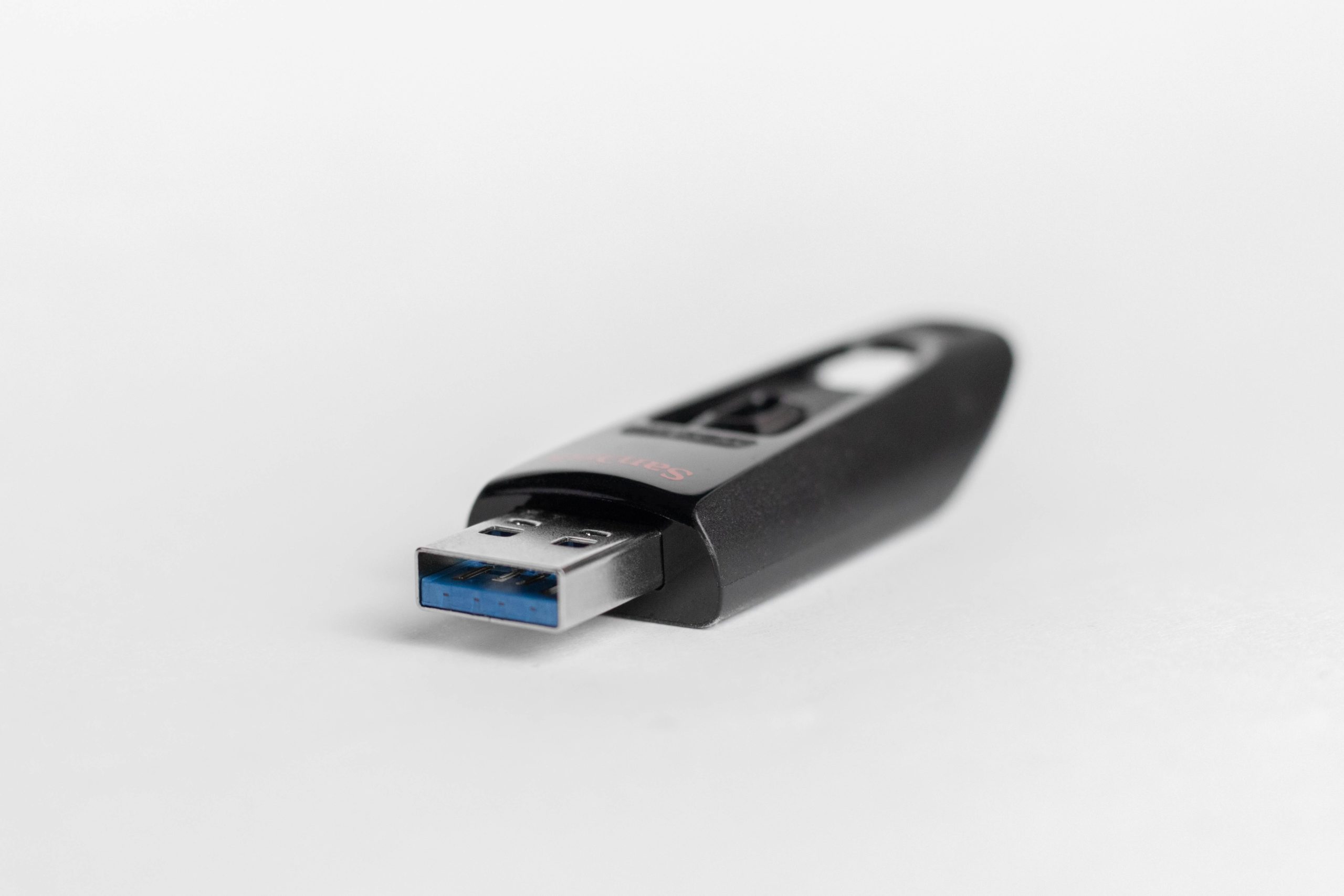Increasingly, companies are considering a cyber attack to be a matter of “when,” rather than “if.” Your company can become the target of a cyber attack at any time, even at this very moment. The question is: How prepared is your organization to deal with it?
Growth in revenue, customers, or share price are typically considered to be the signs of a successful company. However, while many companies focus on their scalability as it applies to their products and services, far fewer focus on the scalability of their IT defenses. As a result, the company becomes a more valuable target to hackers, while also increasing their vulnerability through a failure to scale their cyber security efforts.
Top Drivers of Cybersecurity Investment in 2021
In Proofpoint’s 2021 Voice of the CISO Report, roughly two-thirds of 1,400 CISOs surveyed (64%) are worried that they are unprepared for cyber attacks against their business within the next 12 months, with 53% saying their concern has only grown since 2020.
As the hybrid-working model becomes thoroughly ingrained across industries due to the pandemic, cybersecurity teams are facing unprecedented challenges in responding proactively to cyber threats. Here are some of the primary factors that have influenced business’s adoption of scalable security programs and measures in 2021:
- Remote work — a distributed workforce means more devices from different locations connecting to a network, bringing about risks from less-secure home offices, and increasing the difficulty of detecting unusual network activity.
- Cloud migration — Cloud technologies require a more targeted security approach; its ever-growing attack surface is an ongoing challenge for security teams
- New data privacy regulations — Adherence to new privacy regulations to safeguard customers’ data and keep their trust
Why Should Businesses Invest in a Scalable Cybersecurity Approach?
A scalable cybersecurity approach ensures that you have adequate security measures to strengthen and protect your infrastructure, mitigating the increased risk faced by a growing organization. This approach empowers you to respond to security incidents in a flexible way — your strategy can adapt to changes in the load or demand.
Here are strategies for how you can craft a scalable approach for your organization, particularly if you’re a smaller company with an underdeveloped security posture that is also facing the additional challenge of a remote working environment.
- Adopt a proactive approach. Scalable security should be proactive, especially now that it takes less time for attackers to infiltrate systems. Employee and device counts matter.. Your risk increases as more employees connect their own devices to your network, even the ones who are working remotely — just one unsecured endpoint may put your whole network at risk. Regular cyber security audits, penetration testing, and EDR must be performed to help you calculate risks, whether small- or large-scale, or whether you’re likely working with inside threats or external ones.
- Invest in security training. Even if you’re able to implement a sustainable security program, you’ll need a well-structured IT and security team that can efficiently respond to security incidents and potential threats.
TechRepublic has shared some tips on how you can build an informed team that operates on real-world concepts and applications:
- Conduct simulation exercises and designate roles for when an attack happens.
- Educate users about cyber-hygiene, both your teams on-site and those working remotely.
- Establish a risk-rating system and include clear reference points, so that non-technical staff involved in decision-making can properly evaluate risks.
- Get buy-in from upper management so that security and risk management will be on the priority list, receiving necessary investments in time and money.
- Reward and incentivize employees for reporting risks and threats, no matter how small, and even if it is based upon a hunch. The most effective attacks are often the least obvious, so encouraging a culture of reporting will ensure that if staff see something, they will say something.
- Use the power of Artificial Intelligence and Machine Learning to boost your posture. Malicious actors are now able to launch significant, wide-scale attacks such as the WannaCry ransomware attack that wrought havoc on Windows systems back in 2017.Attackers now have access to the technology required for carrying out these attacks, a major factor in the worsening of the “digital pandemic.” In fact, as you’re reading this, Malware-as-a-service is being leased in the Dark Web, providing hackers with the technical support they need for their operations.Businesses are strongly advised to integrate AI and ML into their security systems to process large amounts of data that can pose a challenge to even a well-resourced security team. But, keep in mind that the aim is to augment the capabilities of your staff — not replace them. The strategic deployment of AI and ML ensures that all bases are covered, large-scale risks are known in advance, and limitations in threat management can be better addressed.
- Ensure compliance. Compliance with data privacy regulations is crucial for all businesses, but especially ones on a growth trajectory, as compliance to regulatory requirements reflects trustworthiness to your customers and industry partners. Scalable security is high-level security — adhere to the industry-specific security standards and regulations that your business should comply with.
- Make cybersecurity a business priority. Businesses are undergoing digital transformation, and the security risks associated with this big change go beyond one employee, one device, or one compromised network. If an attack is successful, your business’s digital ecosystem will be affected in its entirety and can even trickle down to the ecosystems of third-party providers. Accordingly, businesses should come up with an integrated digital risk strategy that straddles all key areas: people, process, and technology.As cited by IndustryWeek, here’s how these factors affect risk identification and mitigation:
- People — incorporating security measures with business operations; conducting trainings for cyber-resilience across the entire organization.
- Process — Digital environments entail imminent risks; having comprehensive procedures in place to guide teams in the prevention, mitigation, and recovery stages; securing certifications from third-party providers.
- Technology — Developing solutions based on secure system designs; building a strong security foundation both at product-level and system-level.
Final Thoughts
No network is unbreakable, and no organization is invincible. Therefore, the best defense against a cyber attack is to have a cyber security plan that can grow and adapt with your organization, proactively eliminating threats before they occur. The only certainty your company will have is that the future is uncertain, so maintaining a flexible, scalable cyber defense is the best way to protect your company, whatever the future may hold.
Photography by Sara Kurfeß via Unsplash.


